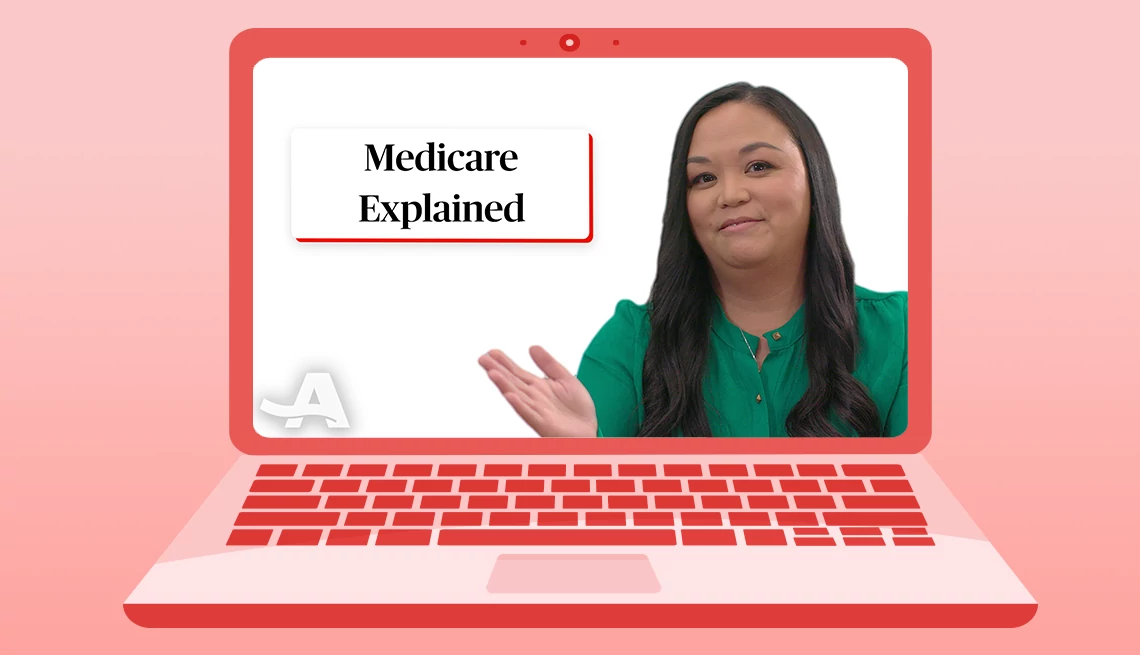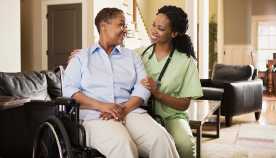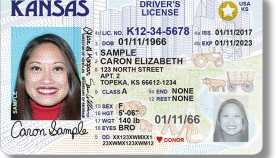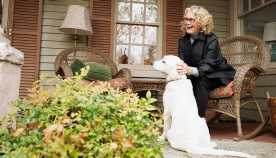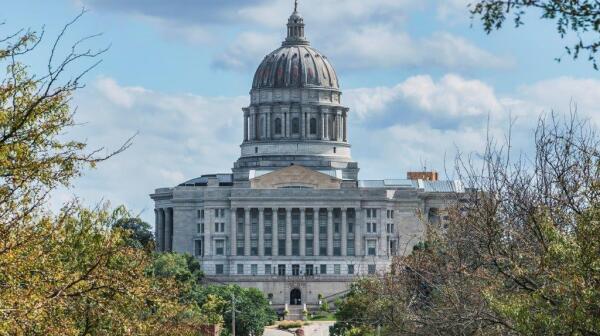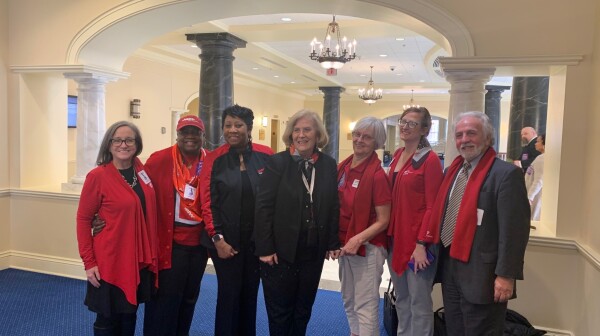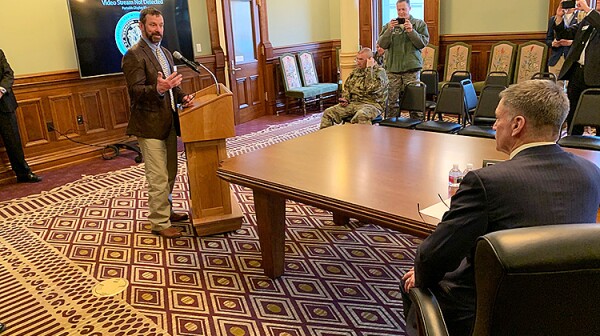AARP Eye Center
CLOSE ×
Search
Popular Searches
- right_container
- Health
- Money
- Work & Jobs
- Advocacy
- Social Security
- Medicare
- Caregiving
- Games
- Travel
- More...
- Entertainment & Style
- Family & Relationships
- Personal Tech
- Home & Living
- Auto
- Staying Sharp
- Podcasts
- Videos
Stay up-to-date on federal and state legislative activities. Learn how AARP is fighting for you in Washington D.C. and right here at home.
AARP Connecticut has called on policy makers to take action to ensure the 22,000 nursing home residents in Connecticut and their loved ones can safely stay in contact during the COVID-19 pandemic. On March 20, 2020, AARP Connecticut sent a letter to the state’s Governor and Commissioner of Public Health strongly recommending modifications to a March 13, 2020, Public Health Order banning visitors to nursing homes, including residents’ immediate family and caregivers. For example, requiring nursing homes to offer and facilitate virtual video visitation, as well as other enhanced communications, will help prevent social isolation, reduce anxiety, and promote safety, among other benefits. In addition, AARP Connecticut provided testimony to the Human Services Committee of the Connecticut General Assembly strongly recommending allowing passive video monitoring in nursing homes. AARP Connecticut followed this with an email to every member of the Connecticut General Assembly on March 23, 2020, asking that any legislative action in response to COVID-19 codify these recommendations.
Governor Mike Parsons Issues an Executive Order
Completing surveys online or by phone early reduces need for door-to-door visits
WASHINGTON—AARP released the following statement today on the bipartisan Senate passage of the Families First Coronavirus Response Act. Said AARP Executive Vice President and Chief Advocacy & Engagement Officer Nancy LeaMond:
AARP Michigan hosts "teletown hall" on Monday, March 23, from 3:30 to 4:30 p.m. TIME CHANGE She will answer your questions about how Michigan is responding to COVID-`19 now and in the future. Phone number for call-ins included in this story.
BALTIMORE (March 18, 2020)—AARP Maryland is applauding the Maryland General Assembly for passing legislation strengthening the health and wellbeing of Marylanders aged 50-plus, even in the wake of their historic decision to end the session early due to the COVID-19 outbreak.
AARP Urges Congress to Take Aggressive Steps Now to Protect Older Americans Against Coronavirus Crisis
WASHINGTON—AARP Executive Vice President and Chief Advocacy & Engagement Officer Nancy LeaMond, in a letter, urged Congress to take aggressive next steps to address the ongoing coronavirus pandemic and work to help older Americans, who are most at risk from coronavirus.
Staying connected as Capitol closes to general public
Dear AARP Wyoming Memebrs,
Search AARP States
Connecting you to what matters most, like neighbors do. Find events, volunteer opportunities and more near you.
Sign Up & Stay Connected

















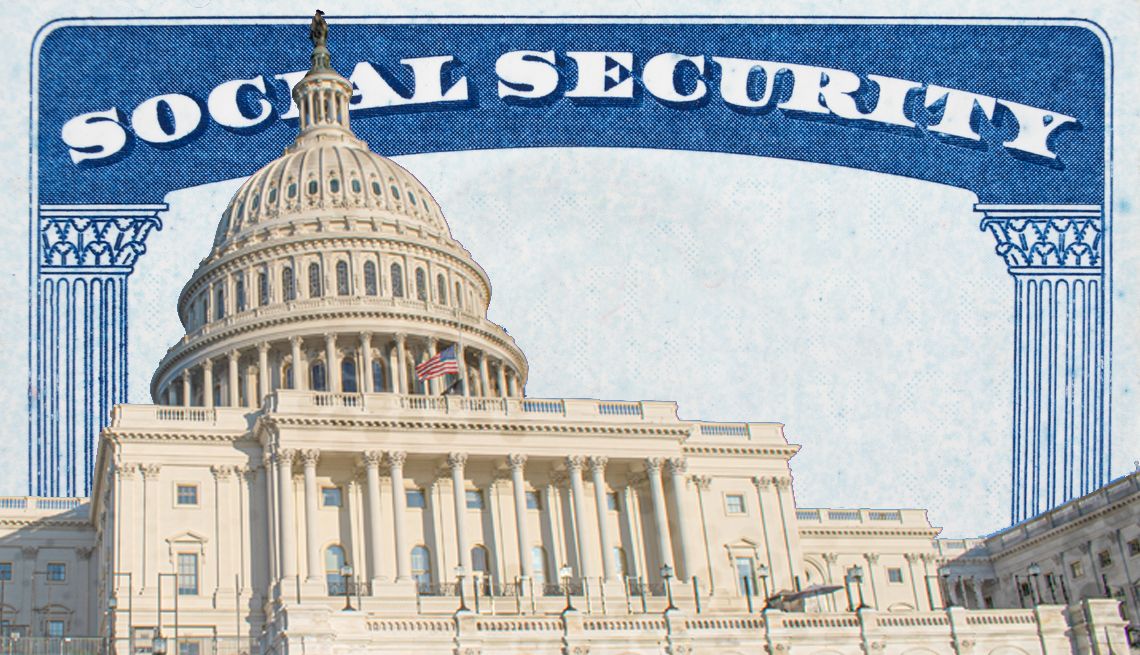)








